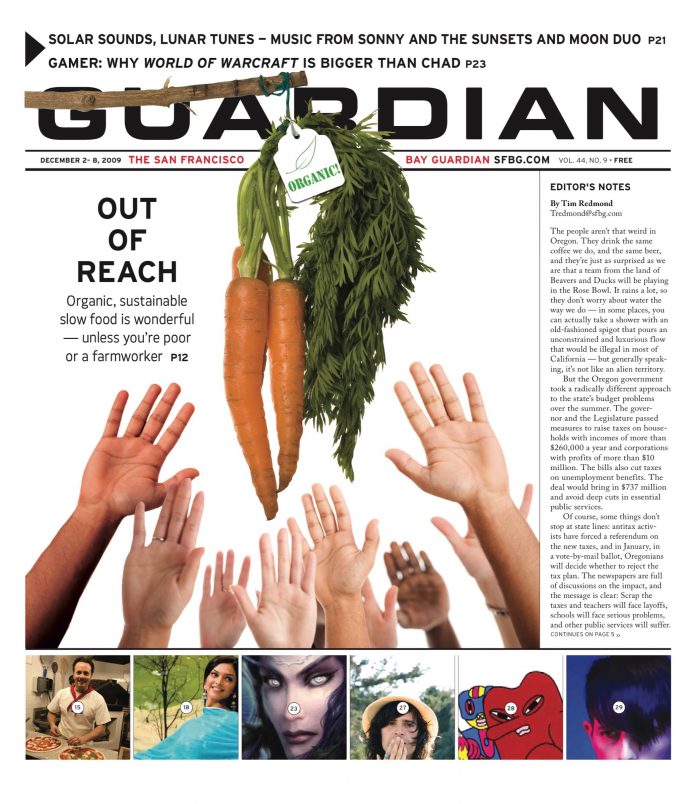“Camera movement” doesn’t even begin to describe the orchestral coordination of tracks, pans, tilts, zooms, and compositional dimensionality comprising Miklós Jancsó’s boldly vertiginous 10-minute takes. The Pacific Film Archive screens a quartet of the Hungarian director’s influential but rarely shown films from the late 1960s and early ’70s, each a kinesthetic rumination on the awful coordinates of martial law — and perhaps the closest cinema has ever come to the epic poetry of The Iliad.
Raymond Durgnat’s account of Jancsó’s “calligraphic” camerawork helps distinguish the director’s style from formalist theorizations of the long take. From Touch of Evil (1958) to Children of Men (2006), thrilling tracking shots have come to stand as the summit of cinema’s realist plenitude. With Janscó, like Stanley Kubrick, omniscience itself is held in doubt. In The Round-Up (1966), a distressing parable of interrogation set during an 1848 campaign against insurgent outlaws, Jancsó’s free-floating camera paradoxically registers the blinkered confusion of imprisonment. The volatility of view calls attention to the partiality of witnessing. Simultaneously, the repetitive movements of degradation and violence signal a repertoire of human evil surpassing any single individual, nation, or war.
In Jancsó’s dialectical form, a Marxist apprehension of the enduring structures of power jostles against the individual’s frightened namelessness. As with Jean Renoir, the long take is not at odds with montage’s multiplication of meaning. Take the first scene after the opening titles of The Red and the White (1967). The camera glides after two Bolsheviks in flight from the counterrevolutionaries — slowly, as if in foreknowledge of the coming reversal. As they wade into a narrow river (the geography of the scene bears curious resemblance to one in 2007’s No Country for Old Men), the composition opens up terrain where another band of cavalrymen are mounting a charge. The two men beat a retreat, and now the recessing camera leads them on. One man hides behind a tree, becoming a surrogate for our own position; the other is not so lucky. An ushanka-clad counterrevolutionary soldier bullies the Bolshevik into the shallow water. The shot cues the man’s final movement: like a felled tree he topples into the drink, the first of many searing images worthy of Goya’s The Disasters of War.
Unlike most combat films, time does not bend to the casualties of war in this scene. The shot proceeds after the man is shot, the seconds flowing over crime and banality alike. You can watch one of these films a dozen times having only seen it once.
Jancsó’s durational use of Cinemascope means that actors cover a lot of physical ground in his shots. The cracked Martian expanse of the Hungarian steppe is their mortal stage, a no-place that pictorially undoes the idea of historical setting. Jancsó’s early films are often linked to the crushed Hungarian Revolution of 1956, but in truth they offer no such comfort of specificity. To the contrary, the films demonstrate how state-sanctioned violence vanquishes particularization, making them more relevant to our Guantanamo-Abu Ghraib era than anything coming to a theater near you.
It was only while watching Red Psalm (1972) that I realized the utopic possibilities of Jancsó’s reanimation of historical space. The film, composed of 28 shots in Van Gogh color, stages a late 19th century confrontation between peasant socialists and nationalist conservatives as a series of concentric rings in which the Marxist call for an alternative course of history is richly imagined, if still damned. Twelve-minute takes notwithstanding, any talk of “real time” in such film is preposterous. Serge Bozon’s 2007 film La France broached a similarly musical vision of armed struggle, but Jancsó’s swirling analysis of fate, theatre, ritual, song, idealism, God, grain, and horror is something uniquely sublime.
FOUR BY HUNGARIAN MASTER MIKLÓS JANCSÓ
Dec. 5–18, $5.50–$9.50
Pacific Film Archive
2757 Bancroft, Berk.
(510) 642-5249
www.bampfa.berkeley.edu

